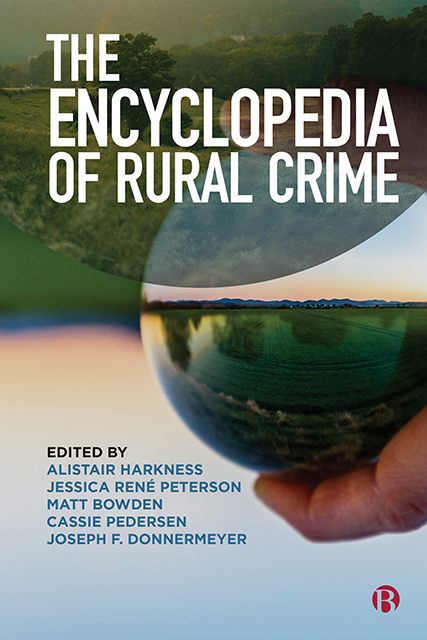Book contents
68 - Anti-government Groups and Militias
Published online by Cambridge University Press: 20 June 2023
Summary
Although no single definition exists for anti-government groups and militias, they do share several similarities in their ideologies, operations and appearances. The ideologies of anti-government groups and militias are often related to fears of government over-reach into their members’ lives, threats to constitutional rights and potential restrictions on gun ownership, concerns regarding immigration and a host of conspiracy theories. Historically, the majority of individuals associated with these movements have not engaged in violence or acts of terrorism. The most common activities associated with these groups include their regular meetings, training exercises and participation in demonstrations or rallies.
Groups within these movements can often be identified by the military or tactical style apparel they wear and equipment they carry. Some groups utilize distinct uniforms or employ patches, flags or other symbols to indicate their membership in or association with a specific group or movement. The more organized groups amongst these movements are known to utilize military style leadership structures that oversee the group’s operations and tactical style field training. Groups affiliated with these movements have also been known to coordinate with other nearby groups to share resources, intelligence, planning and training opportunities (see Chermak in suggested readings).
In addition to more organized anti-government groups and militias, there are countless other small groups affiliated with these movements that actively attempt to conceal their existence. These more isolated groups pose a significant challenge for law enforcement because they are more difficult to identify, track and disrupt. The less public exposure a group has, the fewer opportunities law enforcement will have to disrupt the group or identify the potential radicalization of the group as it moves towards criminal activity.
The membership of anti-government groups and militias in the United States is largely composed of White individuals. Whilst many of these groups have made public declarations espousing their opposition to racism, diversity amongst group membership remains limited. In recent years, there has been some diversification of group membership as more groups have begun recruiting new members based on emerging connections between these movements and far-right politics.
- Type
- Chapter
- Information
- The Encyclopedia of Rural Crime , pp. 273 - 275Publisher: Bristol University PressPrint publication year: 2022



